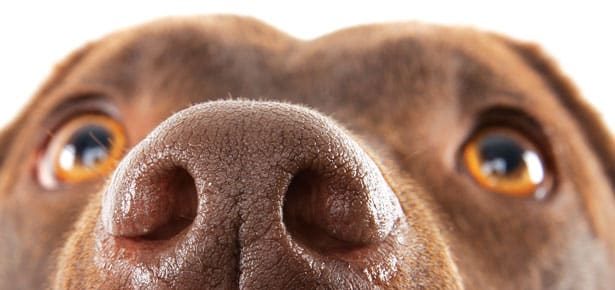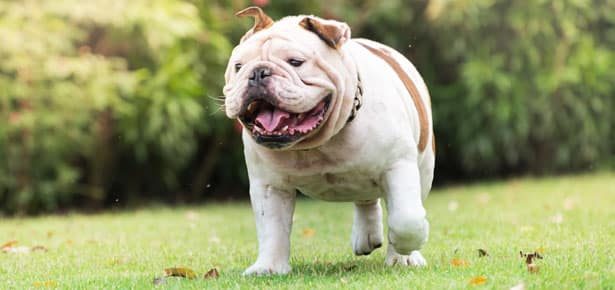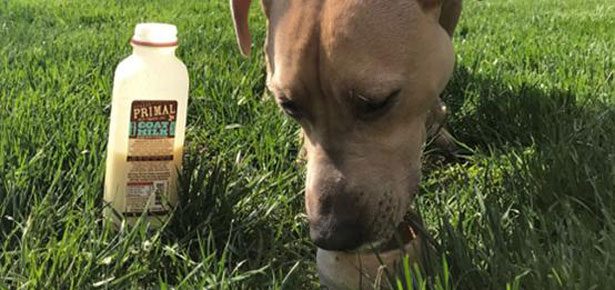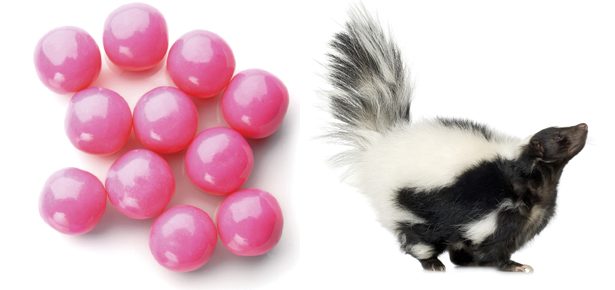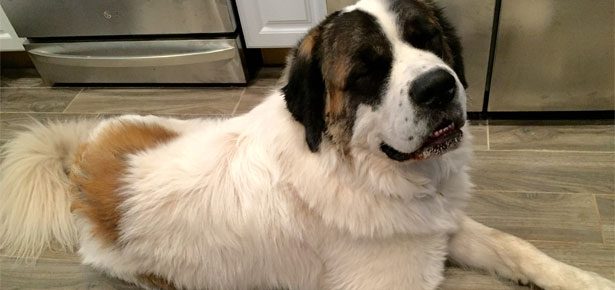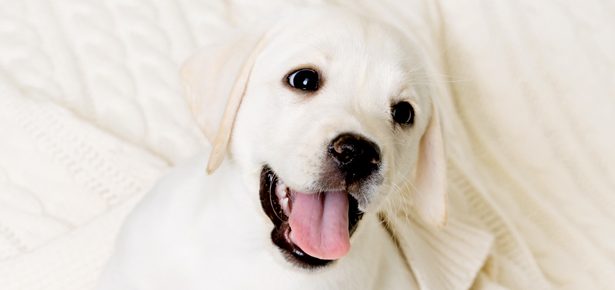
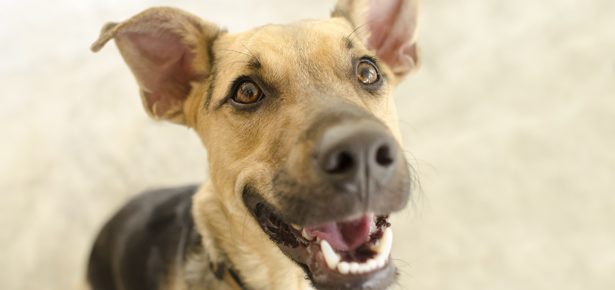
The Low Down on Eye Injuries: Treatment & Solutions
To protect your dog, watch for these common signs of corneal damage
According to the Banfield Pet Hospital’s State of Pet Health® 2016 Report, three percent of the 2.5 million dogs they saw last year suffered from eye infections. That’s 75,000 dogs just in the Banfield practices! AND that statistic only includes infections – injuries that got so bad that pet owners had no choice but to see their vet – it doesn’t touch on how many dogs suffered eye injuries that “healed” on their own or went untreated.
The sad fact is that many things can contribute to eye injuries:
- Cats
- Running through tall brush or grass (especially true of little or high energy dogs)
- Digging
- Swimming
- Debris caused by wind, storms, or happily hanging their head out the window of a car…
Often times these injuries start off mild and generally go unnoticed – until it’s too late.
To protect your puppy or dog, watch for these common signs of corneal (eye) damage:
- Excessive blinking
- Squinting
- Discharge
- Redness
- Swelling
- Rubbing at the eye
- Cloudiness
- Other unusual appearance to the corneal surface
“Prompt treatment is very important for all eye injuries,” continue the experts at Banfield. “This can make the difference between successful healing or permanent vision loss.”
So how do you know the best treatment?
Well that depends on the type – bacterial or fungal – and severity of the injury and infection. Traditionally, mild to moderate corneal injuries require multiple topical eye drop or ointment based treatments and oral medications four to six times a day. These treatments are painful and irritating, and require the dog to wear an Elizabethan (cone shaped) collar to prevent rubbing at the eye. They are also very difficult to administer correctly and on time given work and life schedules.
Serious deeper, slow healing, or infected wounds often require require surgical treatment, additional medications, and are referred to a veterinary ophthalmologist. Sometimes the animal’s own serum is collected by harvesting blood (PRP) and spinning it down to try to improve the effectiveness of the treatment.
All of these approaches are expensive, time consuming, and miserable for both you and your dog. They often result in fights, irritation, and unhappiness all around.
Luckily, AniCell Biotech™ recently developed an alternative: a one-time application of a sterile “biobandage” which is placed on the eye like a contact lens. This biobandage is made of amnion, a type of regenerative therapy which provides the eye with the material it needs to heal itself.
“Veterinarians need treatments that can be used on challenging cases that are both chronic and acute in nature, not products that just treat symptoms,” says AniCell’s bioprocess engineer and research veterinarian, Dr. Moises Barcelo. “Our lines are regenerating tissue systemically at the scaffold level and doing it in superficial lacerations, ligament lesions, tendon injuries, and ocular ulcers through a single use application.”
Veterinarians in the field like Dr. Scott Williams, DMV, agree. Dr. Williams was treating a particularly bad injury that normally would have resulted in removal of the eye. He states: ”We had a patient present with an advanced stage melting corneal ulcer that the owner had been treating with a topical antibiotic / steroid ointment for 1-2 weeks. The cornea had begun to deteriorate despite all efforts. In a last attempt "Hail Mary" we spoke with Amanda at [AniCell Biotech™] and decided to give the graft (AniOcular™ biobandage) a try.
One week after placement the cornea looked greatly improved , the defect had covered, no longer any visible protrusions, and prognosis for returning globe improved considerably. Thank you for the guidance in use of the graft. We believe that without this product the end result would have been enucleation [removal] of the eye on this patient."
"Our Team works hard to deliver a 'human tested, animal approved' product that supports healing and makes a difference. Our goal is to extend the ACTIVE life of animals because every dog deserves to live a full, healthy, and ACTIVE life."
If you would like to learn more, please visit www.anicellbiotech.com/dog.
Join the newsletter and never miss out on dog content again!
"*" indicates required fields
By clicking the arrow, you agree to our web Terms of Use and Privacy & Cookie Policy. Easy unsubscribe links are provided in every email.
